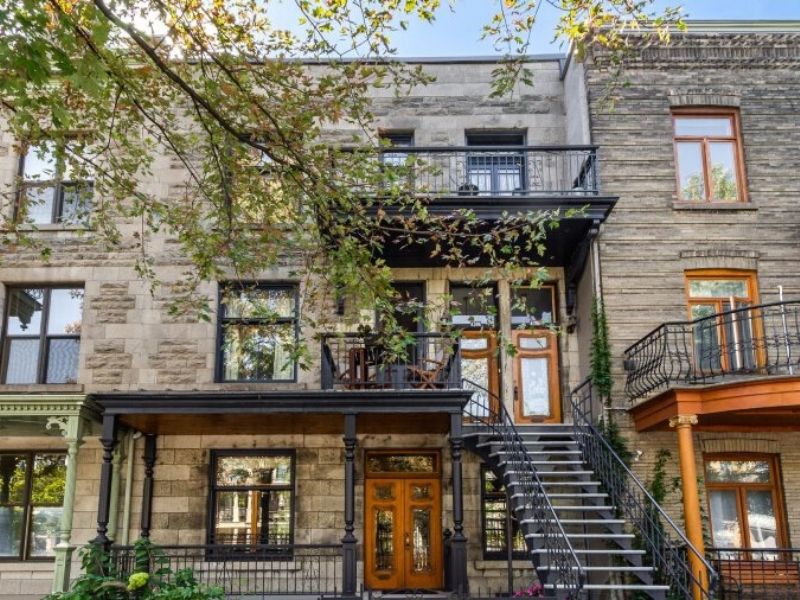
During the passage of Nathalie Clément, Director of Via Capitale du Mont-Royal, on CIBL’s Les Oranges Pressées broadcast, we compared the advantages and disadvantages of divided and undivided co-ownership.
The question came from a listener. Co-owner of an undivided triplex with two friends (three floors, three apartments and three owners), the listener would eventually like to sell her floor while her friends do not wish to leave theirs. So she wonders if it’s worth it to transform the undivided co-ownership property into condos.
Nathalie Clément, Director of Via Capitale du Mont-Royal, is helping us shed light on this issue.
Divided and undivided co-ownership
It is first important to remember what is the difference between divided and undivided co-ownership is.
An undivided co-ownership is a co-ownership that has not been vertically separated into lots. So there is only one lot, the whole building. In the example given by the listener, it is the triplex. This means that each person is co-owner of part of the triplex.
When you are in divided co-ownership, a survey is done and the building is divided vertically into floors, and each apartment becomes in itself a “house” with its own lot number.
Syndicate of co-owners
When you become a condominium, a syndicate of co-owners must be formed. This syndicate then administers a common fund, the reserve fund, in which the co-owners must pay a minimum of 5% of the building’s common annual expenses.
So, is it worth it to transform an undivided co-property into condos?
That depends…
The advantage of separating into condos is that divided co-propriety can sometimes have a better resale value because there is a larger pool of buyers with less down payment: If you want to buy an undivided property, the required down payment is 20%, while if you buy a condominium, the down payment is 5%.
However, for co-owners who are in place, who have been living in undivided co-propriety for a few years and who do not intend to put their property up for sale, it is a little different. They share a single tax bill issued by the municipality and then divided into three. When converted to a condominium, each floor gets its own lot number and therefore receives its own tax bill, which can significantly increase the bill.
However, by becoming divided, it becomes easier to rent an apartment, which is not generally permitted by mortgage lenders for undivided co-properties.
When purchasing an undivided co-property, a co-ownership agreement is always drafted. This document generally provides that undivided property must be transformed into a condominium if one of the undivided co-owners requests it. However, it should be remembered that there are certain costs associated with this type of transaction, which must be fairly separated between the undivided co-owners. It costs about $3,000 to $4,000 per floor to cover the costs of cadastral modification, notary fees and surveying to transform an undivided property into a divided property.
New municipal regulations
There is a moratorium on the Island of Montreal on the conversion of buildings into condominiums.
It is therefore always essential to first check the specific regulations of the area in which the condominium is located. The Rosemont-la-Petite-Patrie and Plateau-Mont-Royal districts, for example, have different regulations on this subject.
A real estate broker can also be a great resource to explain the rules and intricacies of this type of transaction in your neighbourhood and guide you through the process.
For more information, visit:
Via Capitale du Mont-Royal’s blog at www.viacapitaledumontroyal.com;
The CondoLégal site at www.condolégal.com.
Need more information? Call (514) 597-2121 to speak to a broker and follow us on Facebook for new articles every week!





0 Comments